Physical Address
304 North Cardinal St.
Dorchester Center, MA 02124
Physical Address
304 North Cardinal St.
Dorchester Center, MA 02124

Discover the history and innovation of Philips in Eindhoven’s museum, with engaging exhibits on light, technology, and AI—perfect for tech lovers and curious minds.
If you’re curious about how a small Dutch company turned into a global tech icon, the Philips Museum in Eindhoven offers a fascinating journey through innovation, design, and social change. For just around $14, you get access to a well-curated museum housed in a historic 1891 lightbulb factory. The experience is especially appealing for those interested in technology, history, and the stories behind everyday appliances that have shaped modern life.
One of the things we love about this museum is its interactive exhibits and insightful storytelling — plus, the way it seamlessly blends nostalgia with cutting-edge future visions, like AI. That said, it’s worth noting that the guided tours aren’t included, so you’ll be exploring mostly on your own unless you join scheduled activities. This makes it a flexible choice for those who prefer self-paced exploration and want to soak in the exhibits at their own speed.
This tour is particularly suited for tech enthusiasts, history buffs, and families looking for an educational outing. If you’re into learning about innovation or simply want a deeper understanding of Eindhoven’s industrial roots, the Philips Museum provides a meaningful and engaging experience.

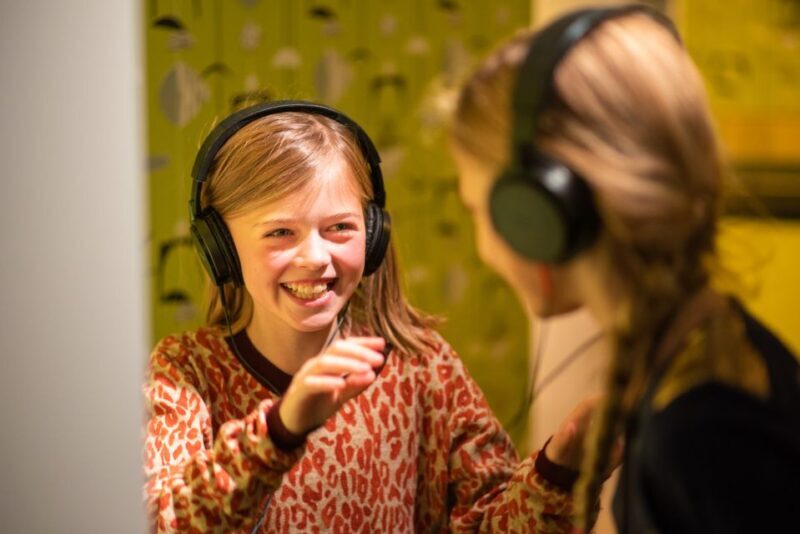
When you step into the Philips Museum, you’re immediately transported into the historic factory where the company’s story begins. The building itself, originally constructed in 1891, is part of the charm—its industrial architecture sets the tone for the historical journey ahead. You’ll walk past a timeline of the company’s evolution, from inventing the first lightbulbs to pioneering innovations in radio, television, and now digital healthcare.
One standout feature is the exhibition ‘brAInpower’, which explores the future of AI and Philips’ role in shaping it. Here, visitors get to see how artificial intelligence is integrated into healthcare solutions, offering a glimpse of what’s next. The exhibits are designed to be engaging—expect interactive displays and multimedia presentations rather than just static cases.
The museum’s scheduled activities, such as mini-lectures and the performance ‘The Lamp’, add a dynamic element that helps deepen your understanding. According to reviews, guides and staff are quite knowledgeable, which makes a real difference in appreciating the exhibits; one visitor mentioned that the guides clearly explained the innovations, making the experience more meaningful.
For those interested in the social impact of technology, Philips’ influence on everyday life becomes clear as you see how inventions like electric lighting and consumer electronics have transformed society. The museum does an excellent job of illustrating how Philips constantly reinvents itself—from electric light to healthcare innovations—highlighting their mission to improve lives.
Looking for more options in Eindhoven? Here are some other experiences worth considering.

Your ticket includes entry to the museum, access to temporary exhibitions such as ‘Eyecatchers’ and ‘PSV, Eendracht maakt macht’, and the audio tour in several languages (Dutch, English, German, French, Turkish, Spanish, Italian). You’ll also find storage lockers to keep your belongings secure, plus the torchlight treasure hunt, which is a fun addition, especially for younger visitors.
However, note that guided tours, group games like ‘Mission Eureka’, and scheduled activities like the ‘Museum Kids Factory’ are not included in the ticket price. Also, food and drinks are not available on-site, so plan to bring snacks if needed.
The museum is wheelchair accessible and offers the convenience of reserve & pay later, making it flexible to fit into your Eindhoven itinerary. With no cash accepted, credit or debit cards are essential for purchases.
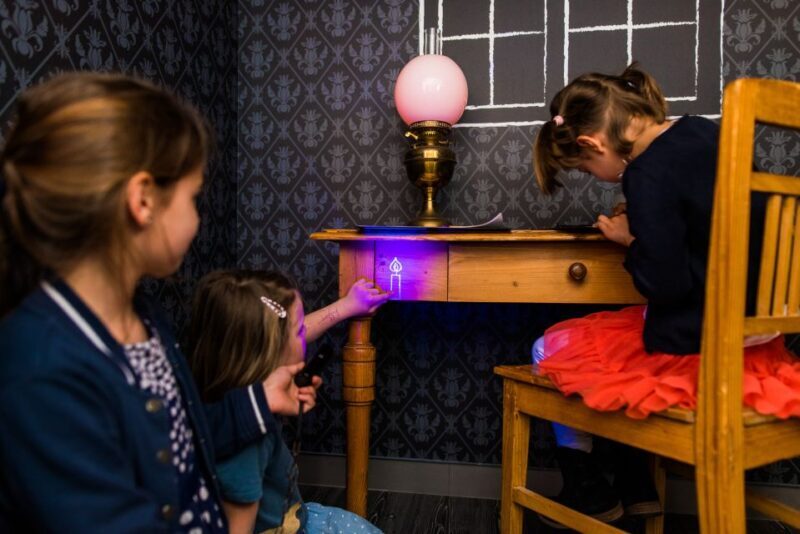
Your visit starts with a walk through the company timeline, where you’ll see how Philips’ products evolved over decades. The exhibits are arranged chronologically, with each era marked by key inventions and social impacts.
One area highlights early lightbulb production, where you can see how these essential inventions were handcrafted in the late 19th century. It’s fascinating to realize that these small, humble bulbs ignited a technological revolution. Reviewers have praised this part, noting that the guided explanations help bring the factory’s history to life.
Moving forward, you encounter displays of radio and television innovations—testament to Philips’ role in the 20th century’s communication revolution. Interactive screens explain how these devices influenced culture and society.
The ‘brAInpower’ exhibition is a modern addition, illustrating how AI and digital health are shaping tomorrow. Visitors can see how Philips is pushing boundaries in healthcare, from medical imaging to personal health devices. It’s an eye-opening experience for anyone interested in future technology trends.
Throughout your visit, you will pass through various themed sections, each celebrating different innovations. The displays include vintage appliances, prototypes, and multimedia stories—offering a well-rounded picture of Philips’ journey.
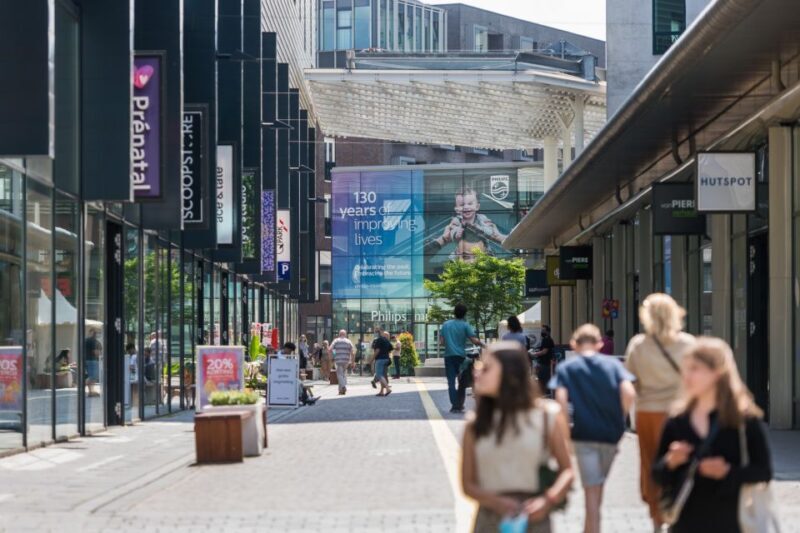
One reviewer mentioned that “the museum is very interesting and engaging”, emphasizing that the exhibits are both informative and fun. They also appreciated the proximity to the city center and the ease of parking, making it a convenient stop.
Another noted that visiting early in the day meant fewer visitors, which allowed for a more relaxed experience. The inclusion of football-related exhibits and the interactive AI show underscores the variety of topics covered, appealing to diverse interests.
The guides, according to reviews, are particularly knowledgeable—a bonus that enhances understanding. One visitor appreciated that the explanation of Philips’ history and products was clear and engaging, making the experience suitable for both adults and children.
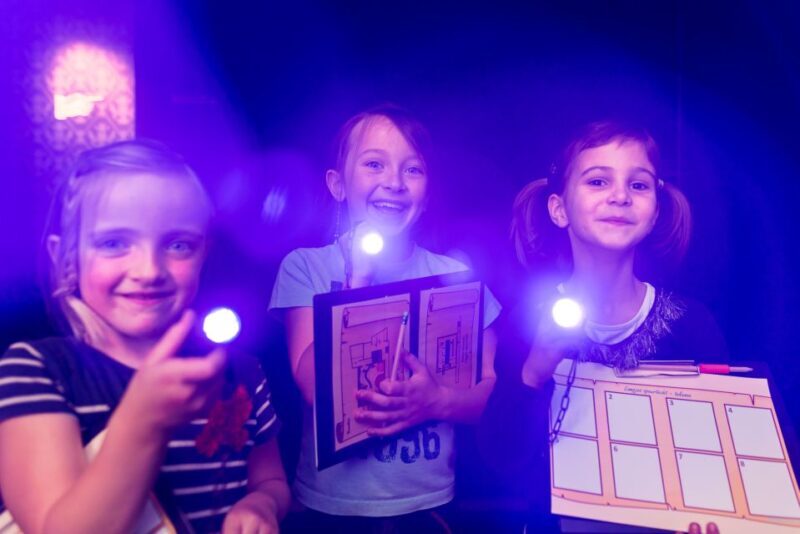
At $14, the museum offers substantial value for anyone interested in tech history, innovation, or Dutch industry. The combination of permanent exhibits, temporary displays, scheduled activities, and multimedia presentations ensures a comprehensive experience. Plus, the access to audio guides in multiple languages makes it accessible for international visitors.
While it doesn’t include guided tours, the self-guided exploration is well-supported by informative displays and helpful staff. For families, the availability of interactive activities and treasure hunts adds extra entertainment, making it a worthwhile outing.
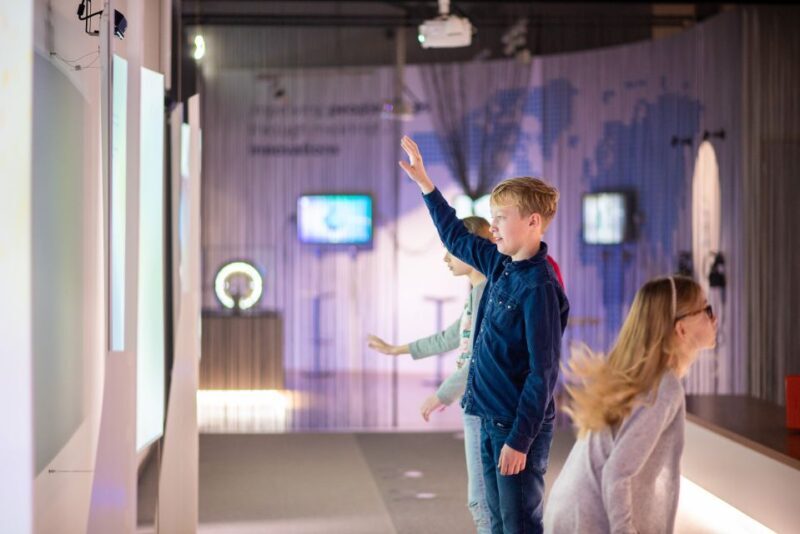
This museum is perfect for tech fans and curious minds wanting a deeper understanding of the innovations behind household staples. History buffs will appreciate the detailed timeline and vintage displays. Families with children will find the interactive elements and activities engaging, especially since the exhibits are designed to be accessible and educational.
It’s also an excellent stop for those interested in social impacts of technology, seeing how devices like lighting and medical equipment have changed lives. If you enjoy learning about companies’ stories of reinvention, the Philips Museum provides a compelling narrative.

The Philips Museum in Eindhoven offers a balanced mix of history, innovation, and future visions. Its accessible location, reasonable price, and engaging exhibits make it a superb choice for a half-day cultural and educational outing. The well-informed staff and varied activities enhance the experience, making complex technological stories understandable and fun.
While it’s not a guided tour, the self-guided route, complemented by scheduled activities, provides plenty of opportunities for learning and interaction. It’s particularly suited for visitors with an interest in the story of technological progress or those looking to understand the role of industry in societal change.
If you’re in Eindhoven and eager to explore the stories behind everyday technology, the Philips Museum won’t disappoint. It’s an authentic, inspiring window into a company that’s been lighting the way for more than a century.
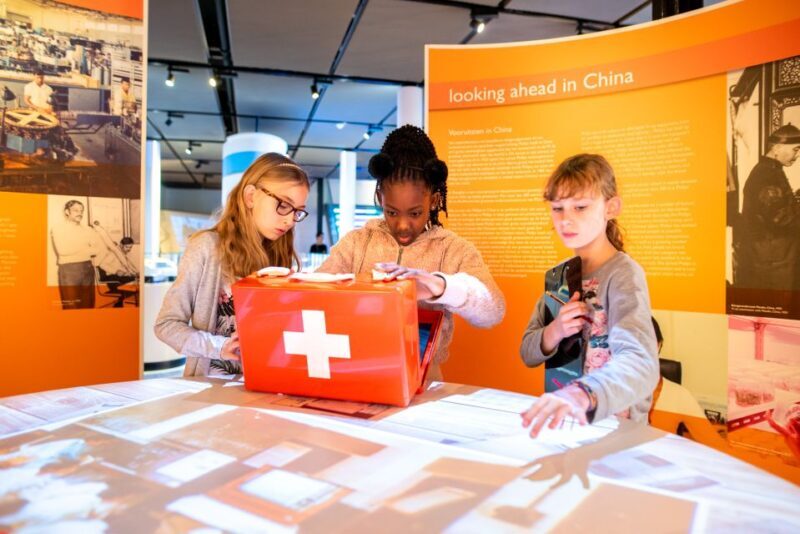
Is the museum wheelchair accessible?
Yes, the Philips Museum is wheelchair accessible, making it easy for visitors with mobility needs to explore comfortably.
How much is the entry ticket?
The entry costs approximately $14 per person, offering good value for a comprehensive look at Philips’ innovations.
Are guided tours available?
Guided tours are not included in the standard ticket, but staff and guides are knowledgeable, and scheduled activities like mini-lectures help deepen understanding.
What languages are the audio guides available in?
Audio tours are available in Dutch, English, German, French, Turkish, Spanish, and Italian.
Can I visit the museum with children?
Absolutely. The museum features activities like the torchlight treasure hunt and the Museum Kids Factory, making it family-friendly.
Is there parking nearby?
Yes, the museum is conveniently located close to central Eindhoven with parking lots nearby, according to reviewers.
What should I bring?
No specific items are required besides your curiosity. Remember that cash is not accepted, so bring a card for any purchases or extras.
Are there temporary exhibitions?
Yes, temporary exhibits like ‘Eyecatchers’ and ‘PSV, Eendracht maakt macht’ are included with entry.
How long does a typical visit take?
Most visitors spend around 1-2 hours exploring, but you can spend longer if you participate in activities or want to fully enjoy the exhibits.
Can I cancel my booking?
Yes, you can cancel up to 24 hours in advance for a full refund, offering flexibility if your plans change.
To sum it up, the Philips Museum in Eindhoven offers a thoughtful, well-rounded look at a company that has shaped much of our everyday technology. It provides a perfect blend of history, hands-on exhibits, and a peek into the future of health-tech and AI. Whether you’re a tech enthusiast, a family, or simply curious about Eindhoven’s industrial legacy, this museum deserves a spot on your itinerary.